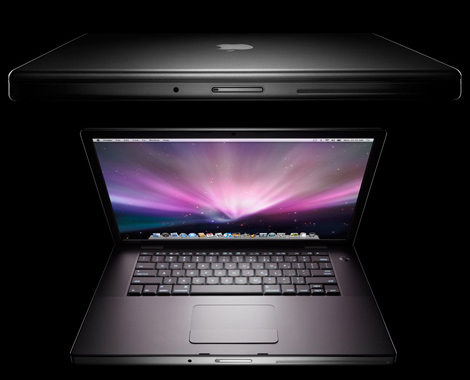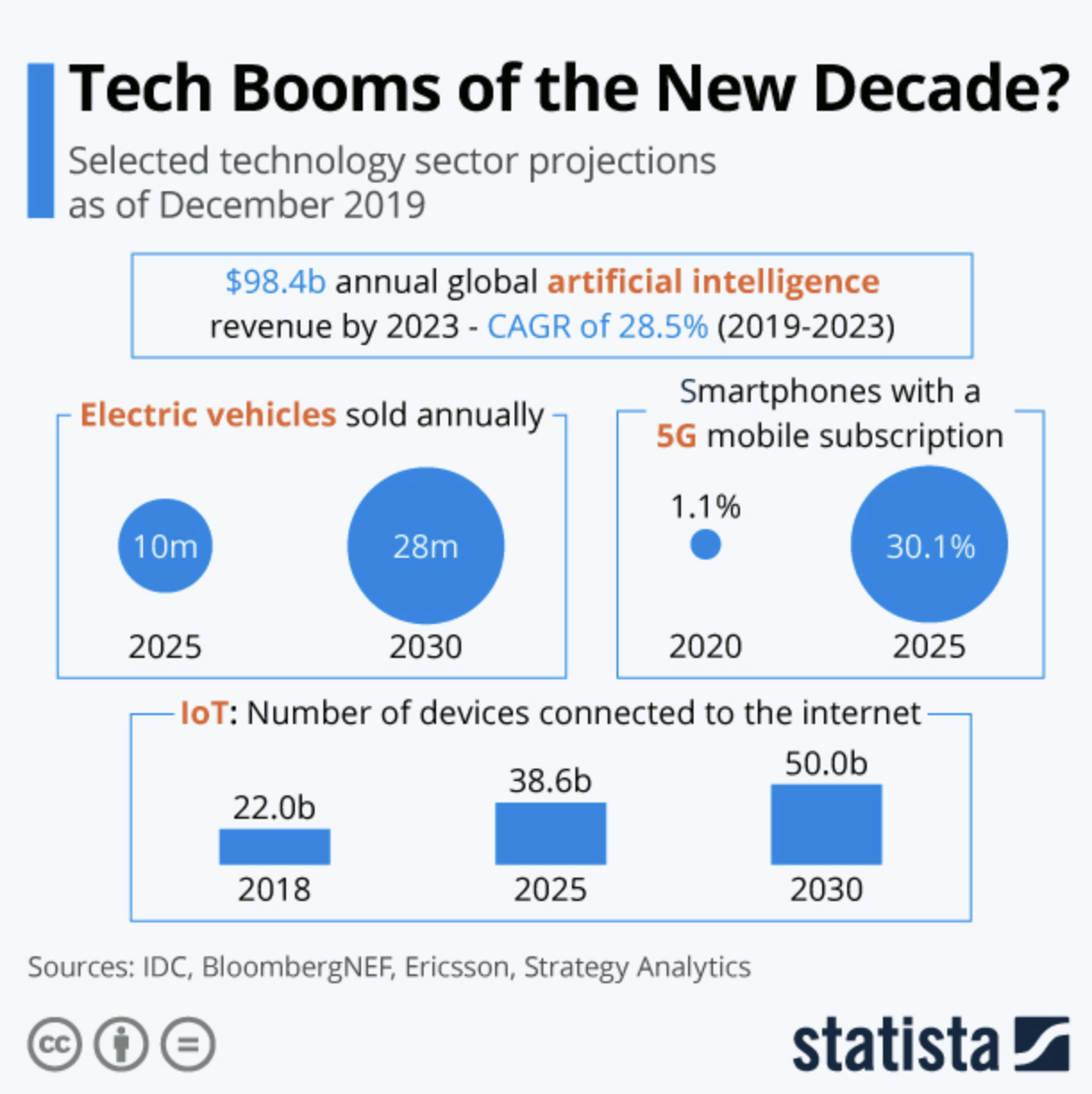One of the most influential people in the history of technology was Dr. Andy Grove. Robert Noyce and Dr. Gordon Moore founded Intel. Dr. Grove was the third employee at Intel. He became its CEO in 1987 and gave up that role in May of 1998. He was an expert on physics and the technology of semiconductors and wrote a college textbook on this subject in 1967.
He was also known as one of the top business managers of that period and was well known for his book on management called “Only The Paranoid Survive.”
The book’s paranoia focus was on how a company needs to stay ahead of the competition by not only anticipating trends years in advance. It also focused on being paranoid that a company of even small means and new technology could come out of nowhere to challenge even a big company like Intel. Grove was highly influenced by Harvard Business School professor Clayton Christensen who wrote an important book entitled “The Innovators Dilemma.”
I was privileged to get to know Dr. Grove and had many insightful discussions with him about his management philosophy. I observed as he guided Intel during his CEO years. During his tenure as CEO, Grove oversaw a 4,500% increase in Intel’s market capitalization from $4 billion to $197 billion.
As I have been thinking about our current situation with the COVID-19 Pandemic and its potential aftershocks for business, education, and consumers, the title and focus of Dr. Groves’s book explaining why only the paranoid survive, could apply to our current situation.
Instead of a new company coming out of nowhere to create a disruptive technology, a virus of questionable origin has emerged and caught the world off guard. Given its dangerous potency and invisible spreading, one could argue that only the paranoid survive in this challenging time.
The disastrous impact COVID-19 has had on world health, and our forced quarantine has made us suspicious of the people around us. It makes us question if it is safe to go out. People are looking over their shoulders and asking how safe are we from the person we see at our doctor’s office, grocery store, gas station, or anyone we come in contact with while running essential errands.
COVID-19 has brought mass paranoia to what I believe will evolve into the Virus Age and will have long-lasting effects even if we get a vaccine to combat this COVID-19 Pandemic.
I use the term Virus age because, as Bill Gates has been telling us for over a decade, due to poverty and lack of sanitation in many parts of the world, a virus of significant nature could emerge at any time. In the past, these viruses mostly stayed within a region, although H1N1 did go global as did the bird flu. Thankfully those were caught early, and WHO and local officials were proactive enough to keep it from becoming a sweeping global pandemic.
However, COVID-19 has become a game-changer and brought home the accuracy of Gates’s warnings about the threat of viruses coming from emerging nations whose food habits and lack of even standard sanitation practices can be breeding grounds for dangerous viruses continually.
Also, I suspect that terrorists are going to school on this Pandemic and looking into using bioterrorism to get their way in the future.
This paranoia effect will be broad as we consider trying to get back to a normal life again, although I suspect the term “normal” will have different meanings for many people in the future.
And looking over our shoulders and keeping a paranoid attitude towards our surroundings and the people we will interact with in the future seems like it will be something we will all deal with for years to come.
However, I believe technology could help minimize that paranoia, especially in our offices. For example, companies who had moved to an open office space environment, where people sit almost shoulder to shoulder to work, will become a thing of the past. These new office spaces will be forced to place people at least six feet apart and bring in tabletop dividers back to give people more privacy and sanitation protection. Office complexes will become more like office hubs where people come to collaborate for a short time and then do the work from home.
At least one company I spoke with is looking at putting ultra-violet blue lamps in each cubicle, to ward off viruses in any desk area. High-intensity ultraviolet lights kill viruses and would give that workspace some level of virus protection.
Copper is another material that repels viruses. A couple of companies I talked with are exploring using copper desktops to keep workers safe.
Apple and Google’s co-developed contact tracing project has come potential, although it comes with serious privacy issues. It also needs the public to record their COVID-9 status for it to work.
New technology will give companies tools to get people back to the office and working together again, albeit in altered states and with significant levels of spacing and sanitation practices that will be new and disruptive for many.
The technology heroes of this virus era will come from the Pharma and biotechnology field. Their work in finding effective treatments for healing the sickness resulting from COVID-19 and an eventual vaccine will be what is necessary to give a fatal blow to this pandemic virus.
However, I sense that the era of virus paranoia will linger for years to come. We will be washing our hands and using hand sanitizers more frequently during the day well into the future. We will be more conscious of being too close to people no matter whether we are at work, school, or shopping.
Businesses will redesign their office spaces to keep the paranoia level down as much as possible. Keeping six feet apart may become the norm, and the handshake may become a relic even when this Pandemic is over.
Andy Groves’s book suggests that ‘Only The Paranoid Survive” could easily apply to our age of viruses. We must be vigilant in our social distancing and become more aware of sanitation and personal hygiene in case another virus pops up out of nowhere. While living a paranoid life is never optimal, it may be the only way we can diligently protect ourselves in the Age of Virus risks.



